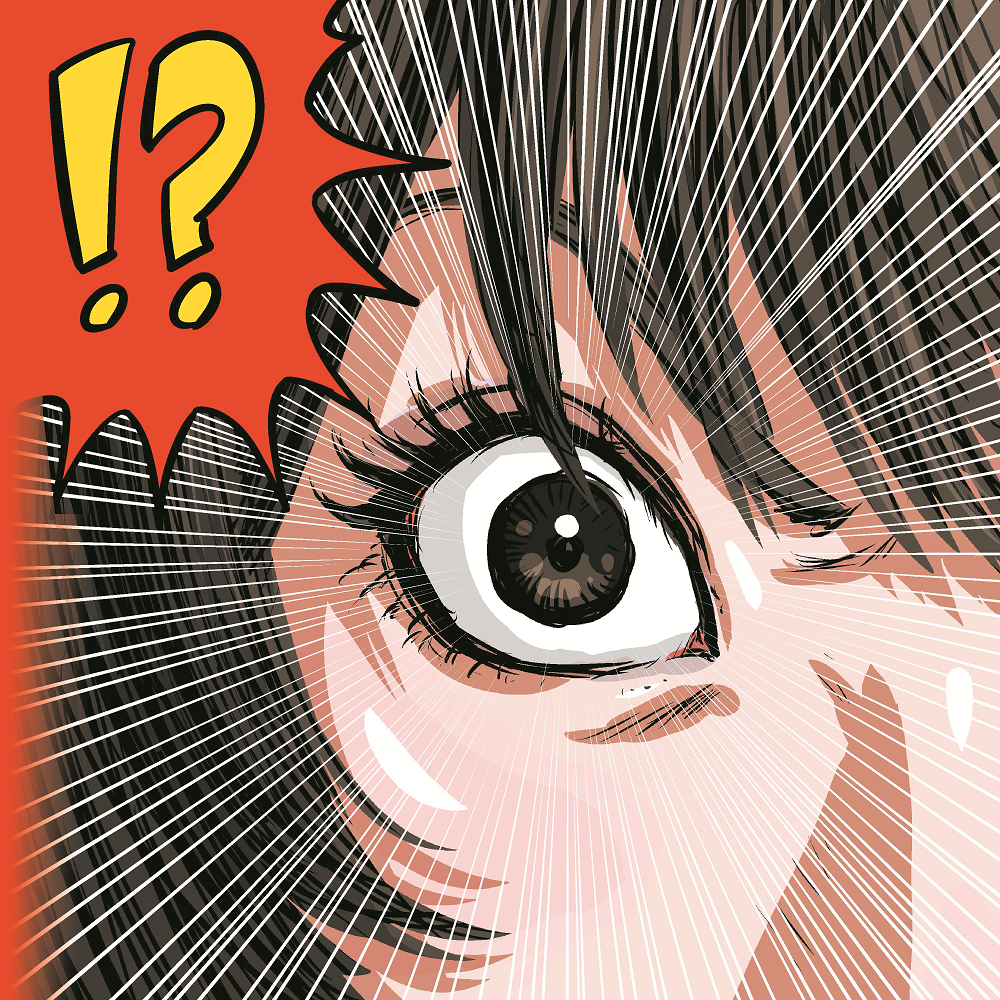Eye floaters, the spots and strings that drift across your visual field, can range from an annoyance to a downright problem if they interfere with the ability to drive or read. They are more common in people who are over age 50 and those who are nearsighted.
Let’s take a look at what is happening in the eye when these appear. Most of the eye is filled with vitreous, a gel-like substance that is about 99 percent water and 1 percent solid materials that include collagen. As we age, bits of collagen can cluster into masses that cast shadows on the retina, causing most floaters.
A large, ring-like floater, called a Weiss ring, appears when the condensed vitreous gel separates from the retina at the optic nerve.
The risks
While floaters are most often a harmless result of aging, they can sometimes be a sign of something more serious, such as a sight-threatening retinal tear or detachment, inflammation in the back of the eye, or bleeding in the eye from diabetes, hypertension, blocked blood vessels, or injury.
If you experience a sudden onset or increase in the number of floaters, flashes of light, or darkness in your peripheral vision, make an appointment with an eye doctor as soon as possible. Even if you don’t have signs of a serious complication, it’s a good idea to have an eye checkup whenever floaters appear. Once potentially serious conditions are ruled out, it’s perfectly safe to leave floaters alone. Over time, many people no longer notice them.
Coping strategies
Not everyone adapts, however, and floaters can be maddening for some people. Here are some tips to help manage the annoyance:
- Distract yourself. If you are sitting idle, you are more prone to focus on the floaters. Distract yourself with an enjoyable activity, like riding a bike or going out with friends.
- Wear brown, polarized sunglasses. They can make the floaters less obvious, particularly in bright light.
- Go dark. Use dark mode and reduce the brightness on your electronic devices to make the floaters less visible.
- Consider interior design. White walls and bright lights accentuate floaters. If you can’t repaint light walls, use art to create visual distraction.
- Meditation can help reduce your stress levels and allow you to gain control over your emotional response to floaters.
- Change your diet. Some people report that cutting out sugar and fatty foods can reduce the appearance of smaller floaters.
- Rest your eyes. Get enough sleep and take regular breaks from computer screens.
Treatment
For people who can’t tolerate floaters or are debilitated by them, there are treatment options, but they’re not to be taken lightly. Vitrectomy, a surgery to remove the vitreous, has risks including infection, retinal detachment, or bleeding.
Laser treatment (vitreolysis) is a less invasive option. An ophthalmologist focuses laser energy onto the clusters that are causing the shadows and administers a burst of energy for a tiny fraction of a second about 150 to 300 times. This energy pulverizes some of the floaters into a gas that completely vaporizes them and breaks apart others into smaller pieces that are less bothersome.
The effectiveness of laser therapy varies. Studies show that some patients have complete resolution, some only partial, and some report worse symptoms. The risks of vitreolysis include retinal or lens damage due to the laser hitting these structures, inflammation, high eye pressure, and retinal tear or detachment. Because the treatment options are risky, eye doctors consider them only for very severe cases.
Many people have the hardest time with floaters during the first year after they appear. Often with time, the floaters will naturally settle down and become less noticeable as the brain learns to adapt.


